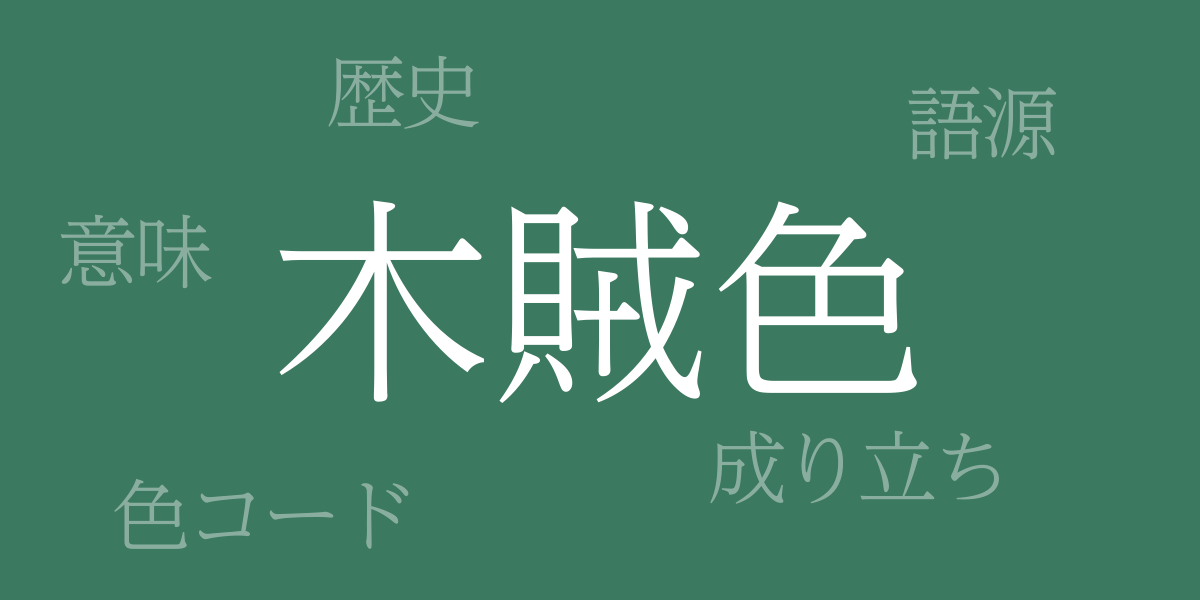Japanese traditional colors are loved worldwide for their unique shades. Among them, ‘Tokusa Color (木賊色(とくさいろ))’ is inspired by nature and represents a calming hue that symbolizes Japanese taste. This article explores the allure and rich history of Tokusa Color, from its color codes to its Western name.
About Tokusa Color (木賊色(とくさいろ))
Tokusa Color (木賊色(とくさいろ)) is a deep green that evokes the essence of Japanese nature. Tokusa refers to a plant that grows wild in the Japanese mountains, and the green of this plant inspired the name of the color. It has a serene yet profound shade that has been used in traditional Japanese clothing and crafts.
History of Tokusa Color
The history of Tokusa Color dates back to the Heian period, where it was already part of Japan’s color culture. Nobles of that time incorporated various natural colors into their clothing to express the changing seasons, with Tokusa Color being a favored choice. Over time, it has influenced traditional Japanese arts like painting and dyeing and continues to be a beloved color in Japan’s color culture to this day.
Color Code of Tokusa Color
When using Tokusa Color in design and web production, accurate color codes are essential. Below are the color codes for Tokusa Color:
- HEX: #3B7960
- RGB: R:59 G:121 B:96
- CMYK: C:79 M:45 Y:71 K:3
Western Name for Tokusa Color
The Western names for Tokusa Color include ‘Tokusa Green’ and ‘Eel Grass Green’. These names evoke the tranquil and deep green associated with Tokusa Color, and are used in international color communication.
Summary on Tokusa Color
Tokusa Color, with its calming shade, has been closely linked to the lives of the Japanese people through the seasons. Knowing its color codes broadens the possibilities for design, and understanding its history and background allows for a deeper appreciation of the meanings embedded in the color. It is a traditional color that we should cherish and continue to utilize in various contexts.

























